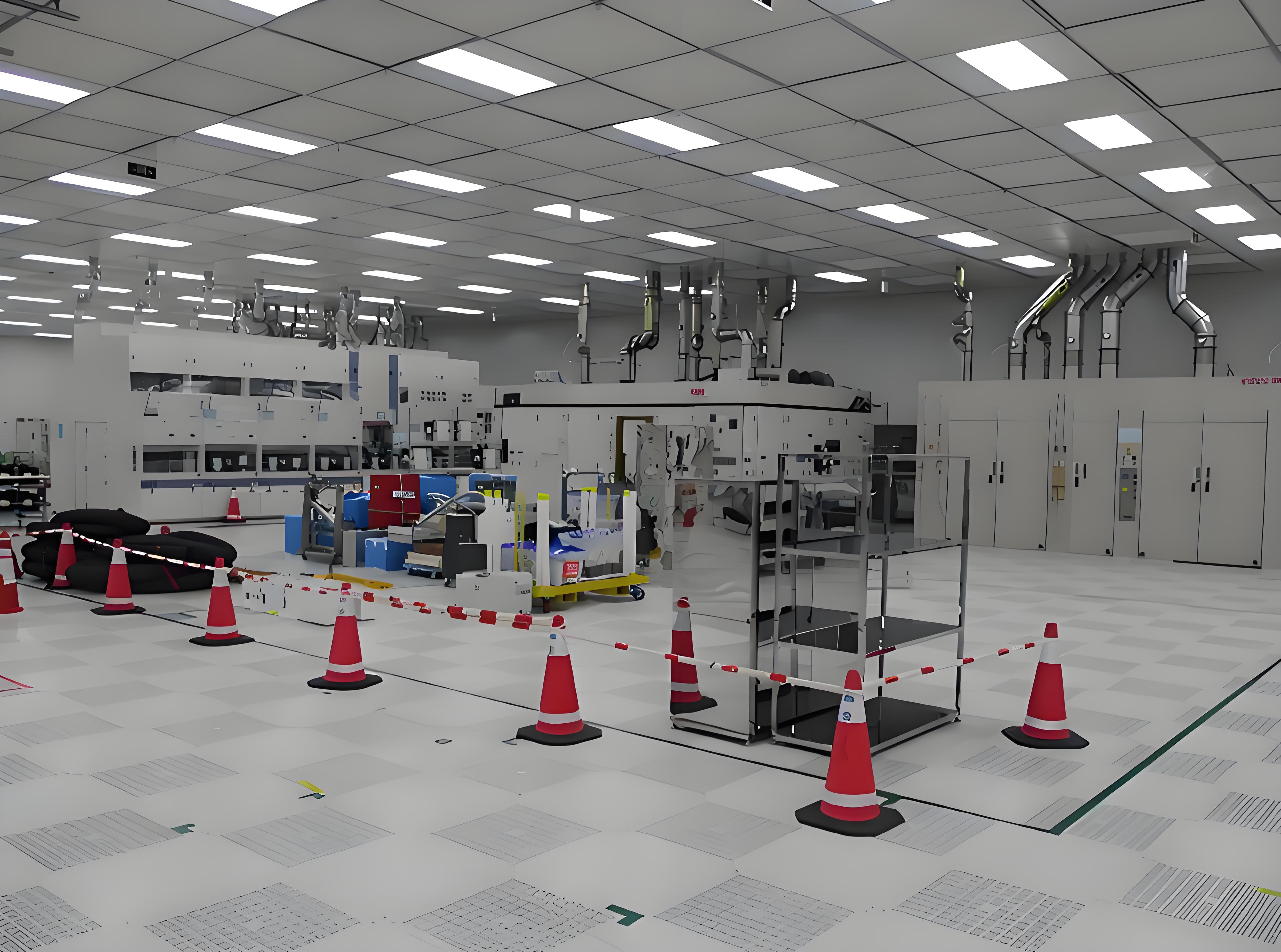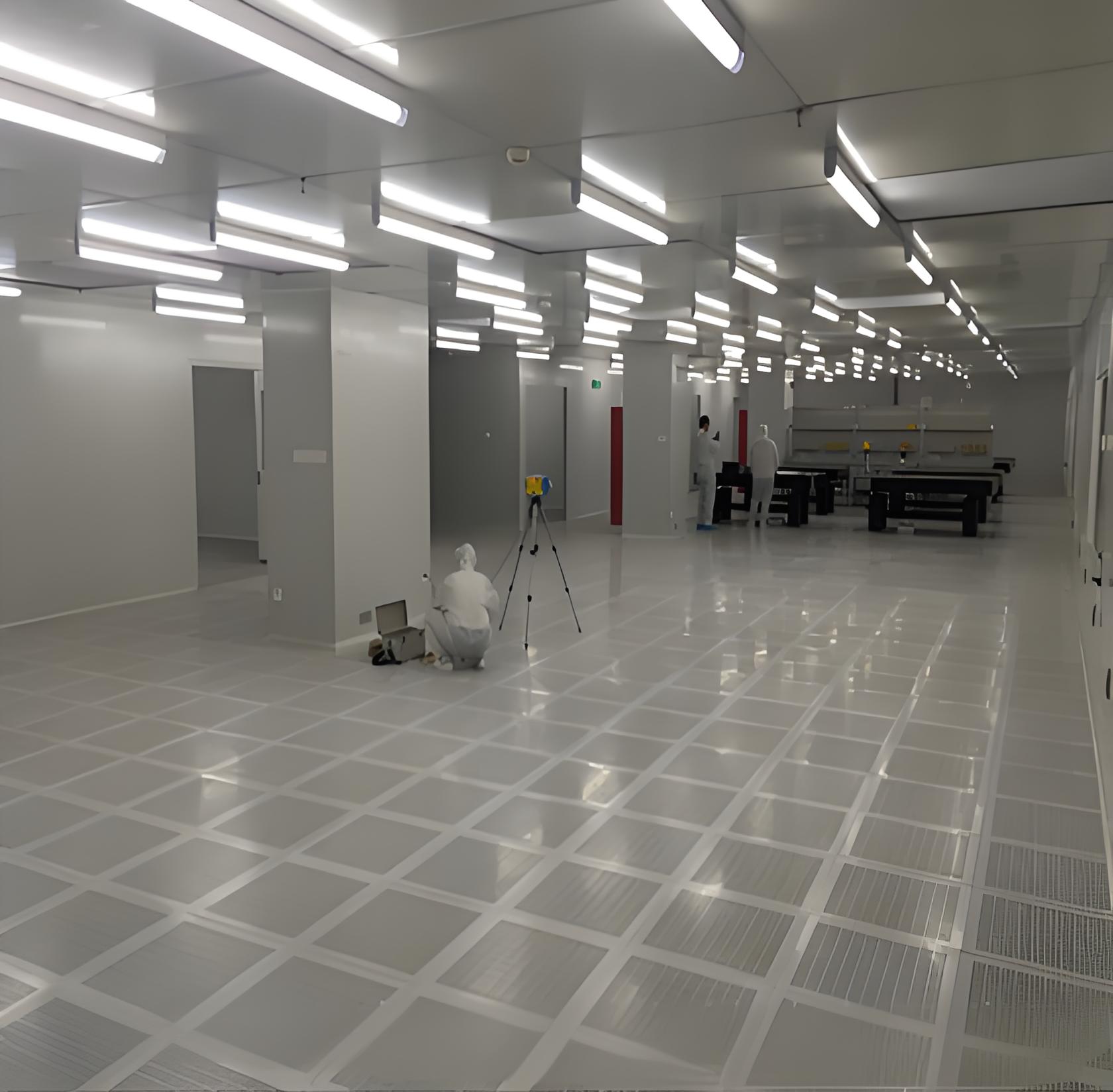




Clean rooms are the heart of modern manufacturing and scientific research, enabling everything from the production of microchips and pharmaceuticals to advanced biotechnology and aerospace engineering. The defining characteristic of any clean room is its meticulously controlled environment, free from airborne contaminants. At the core of maintaining this pristine condition is clean room air flow. This isn't just about pumping air into a room; it's a complex, engineered system designed to constantly remove submicron particles and ensure product integrity and safety. Understanding the principles, types, and challenges of clean room air flow is fundamental for anyone involved in the design, operation, or maintenance of these critical spaces.

The entire concept of a clean room hinges on a single, powerful principle: dilution and removal of particulate matter. Without constant, controlled air exchange, airborne particles generated by equipment, processes, and people would quickly accumulate, rendering the space useless for sensitive work.
Clean room air flow systems are designed to address this through two primary methods:
Dilution: Large volumes of filtered air are introduced into the room. This clean air mixes with and dilutes the contaminated air, lowering the overall concentration of particles.
Flushing (or Sweeping): The direction and volume of air are managed to physically "flush" particles out of the room. The air enters the clean space, captures contaminants, and is then exhausted or recirculated back through filters.
This process is continuous, creating a dynamic environment where contamination is constantly being conquered. The effectiveness of this principle depends heavily on the air change rate per hour (ACH), the type of filters used (typically HEPA or ULPA), and the pattern of clean room air flow.
Not all clean rooms are created equal, and the choice of airflow pattern is the most critical design decision, directly tied to the ISO class of the clean room.
Laminar Air Flow (Unidirectional)
Laminar, or unidirectional, clean room air flow is characterized by air moving in a single pass, in a single direction, with parallel streamlines. Imagine a constant, uniform "river" of air flowing from the entire ceiling (or one wall) to the entire opposite floor (or wall). This highly controlled movement efficiently sweeps particles away from the critical process and toward the exhaust grilles without allowing them to disperse sideways.
How it Works: Large banks of HEPA/ULPA filters cover most of the ceiling, and a raised perforated floor acts as the return air plenum.
Applications: Essential for ISO Class 1-5 environments where even a single particle can cause catastrophic failure. Common in semiconductor manufacturing, pharmaceutical filling lines, and nanotechnology research.
Visualization: Think of a storm door sweeping leaves away from an entrance.
Turbulent Air Flow (Non-Unidirectional)
Turbulent, or non-unidirectional, clean room air flow relies on mixing and dilution. Air is supplied through strategically placed HEPA filters in the ceiling and returned through low-side wall vents. The incoming clean air mixes with the room air, causing random, turbulent eddies that eventually dilute contaminants until they are captured by the return vents.
How it Works: The goal is not a straight-line sweep but a thorough, turbulent mixing that prevents "dead zones" where particles could settle.
Applications: Suitable for less critical ISO Class 6-9 environments, such as medical device packaging, some pharmaceutical compounding areas, and electronics assembly.
Visualization: Stirring a spoon in a cup of coffee to evenly distribute the cream.
Clean room air flow isn't just about internal particle control; it's also about creating a defensive barrier against external contamination. This is achieved through pressurization. Clean rooms are maintained at a static pressure higher than that of adjacent, less clean areas.
Positive Pressure: When a clean room must be protected from external influences (e.g., a pharmaceutical fill room), it is kept under positive pressure. The clean room air flow system pushes more air in than is exhausted, causing the excess air to flow out through doors, cracks, and pass-throughs. This outward flow prevents unfiltered air from infiltrating.
Negative Pressure: Conversely, rooms containing hazardous materials (e.g., virology labs, potent compound handling) are kept under negative pressure. More air is exhausted than supplied, causing air to flow into the room upon door opening, ensuring no hazardous particles escape.
Maintaining this pressure cascade (e.g., a gowning room is at a lower positive pressure than the main clean room) is a non-negotiable aspect of clean room air flow management.

A successful clean room air flow system is a symphony of integrated components, each playing a vital role:
Air Handling Units (AHUs): The heart of the system, responsible for moving vast volumes of air, controlling temperature, and regulating humidity.
HEPA/ULPA Filters: These ultra-high-efficiency filters are the workhorses, removing 99.97% (HEPA) to 99.999% (ULPA) of particles down to 0.3 microns and smaller. They are the final barrier ensuring air entering the clean zone is particle-free.
Return Air Grilles: Strategically placed to facilitate the smooth, unimpeded return of air back to the AHUs for re-filtration. Their placement is crucial for achieving the desired airflow pattern.
Dampers: Used to balance the system, ensuring the correct volume of air is delivered to each diffuser or zone to maintain pressure differentials.
Even well-designed systems can encounter issues that compromise performance. Vigilant monitoring and maintenance are required.
Loss of Pressure Differential
This is one of the most frequent alarms. A drop or reversal in pressure can allow contaminated air to enter the clean space.
Causes: Leaky doors left open, clogged filters increasing system resistance, improper damper settings, or fan motor failures.
Solution: Implement a robust building management system (BMS) with continuous pressure monitoring. Establish strict protocols for door operation and schedule regular filter inspections and system rebalancing.
Improper Air Balance and "Dead Zones"
Over time, the initial air balance can drift. This can create areas with low airflow, known as "dead zones," where particles are not effectively removed and can accumulate.
Causes: Changes in room layout, obstructions from new equipment, or failed dampers.
Solution: Perform periodic air flow visualization tests (smoke studies) to map the actual airflow patterns and identify dead zones. Rebalance the system professionally after any significant change to the room.
Filter Loading and Failure
HEPA filters have a finite lifespan. As they load with particles, their resistance to airflow increases, which can reduce the overall air volume if the fan system cannot compensate.
Causes: Normal operational wear and tear, or a breach in the pre-filter system allowing larger particles to prematurely clog the main HEPA filters.
Solution: Monitor pressure drop across filter banks. Replace pre-filters on a strict schedule. Conduct regular integrity testing (DOP/PAO testing) of HEPA filters to check for pinhole leaks or seal failures.
Obstruction of Air Returns
In turbulent flow rooms, low-side wall returns can be easily blocked by pallets, carts, or stored materials. This disrupts the entire airflow path, creating turbulence and dead zones.
Cause: Poor housekeeping practices and a lack of operator training.
Solution: Clearly mark floor areas in front of returns as "No Storage" zones. Train all personnel on the importance of keeping these pathways clear.
Insufficient Air Change Rates (ACH)
The required number of times the entire room's air volume is replaced per hour is dictated by its ISO class. Falling below this rate due to system degradation or incorrect design will lead to a loss of classification.
Causes: Fan performance decline, clogged filters, or an initial design that provided no safety margin.
Solution: Continuously monitor supply air volume. Regularly certify the room to ISO 14644-1 standards to verify the airborne particulate count and, by extension, the effectiveness of the ACH.
Clean room air flow is far more than a simple ventilation system; it is the active, dynamic process that defines the clean room itself. From the unidirectional sweep of a laminar flow booth to the turbulent mixing of a compounding pharmacy, understanding and respecting the principles of airflow is paramount. The challenges—from pressure loss to filter failure—are constant threats to product quality. Therefore, a commitment to rigorous monitoring, preventative maintenance, and continuous training is the only way to ensure that the clean room air flow continues to perform its vital role as the lifeline of the controlled environment.